Big cats, such as lions, tigers, leopards, and jaguars, are among the most majestic creatures on Earth. However, they face numerous challenges in the wild, primarily due to habitat fragmentation and human activities. Conservation efforts are crucial to ensuring the survival of these iconic species. One innovative solution is the creation of big cat corridors, which are designed to connect fragmented habitats, allowing these predators to roam safely, find food, and mate. This article explores the importance of big cat corridors in conservation, highlighting their benefits and challenges.
Understanding Habitat Fragmentation
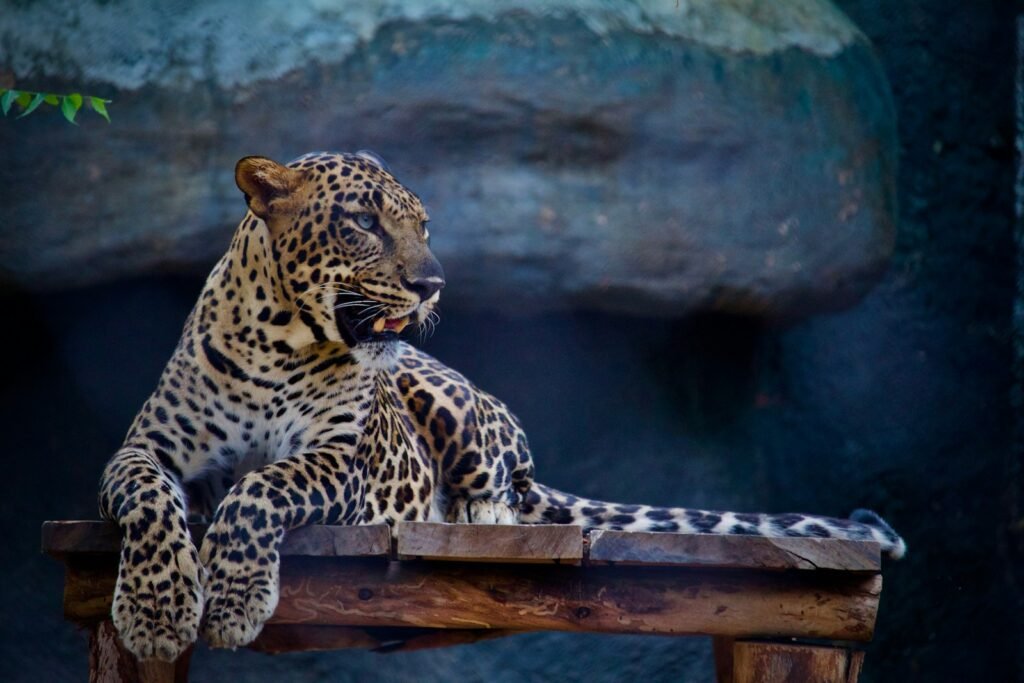
Habitat fragmentation occurs when large habitats are divided into smaller, isolated patches due to human activities like agriculture, urban development, and infrastructure expansion. This fragmentation significantly impacts big cats by reducing the available space for hunting and breeding. It also increases the likelihood of human-wildlife conflicts as restricted areas force these animals into human settlements.
The Role of Big Cat Corridors
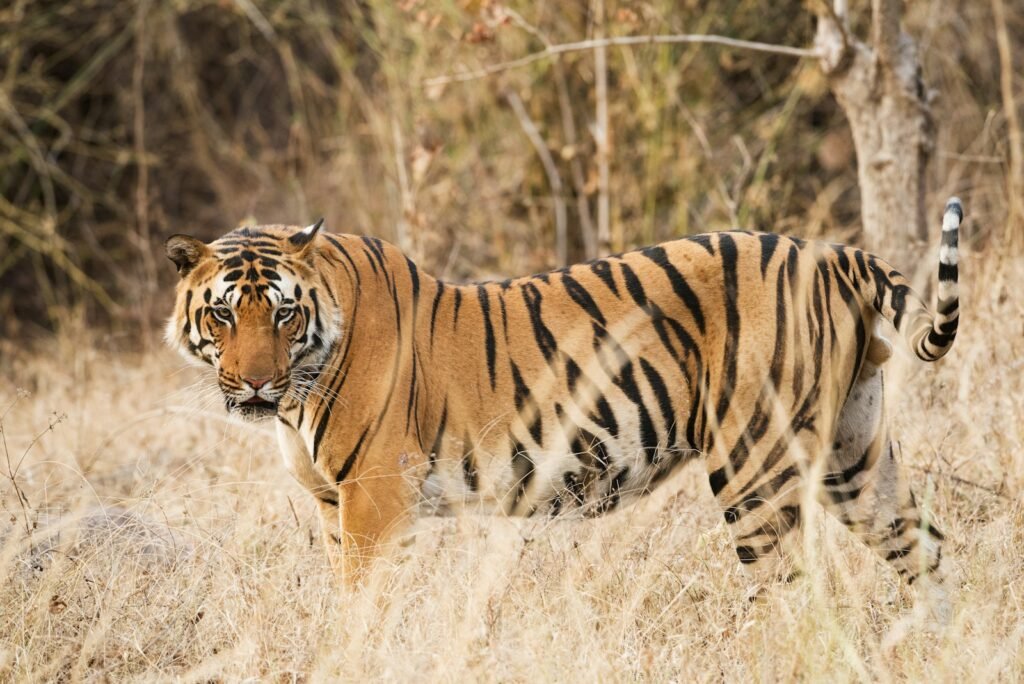
Big cat corridors serve as essential pathways that link isolated habitats, allowing wildlife to move freely across landscapes. These corridors are crucial for maintaining genetic diversity and populations’ long-term survival. By facilitating movement, corridors help big cats access new territories, find mates, and locate food sources, reducing the pressures of living in confined spaces.
Maintaining Genetic Diversity
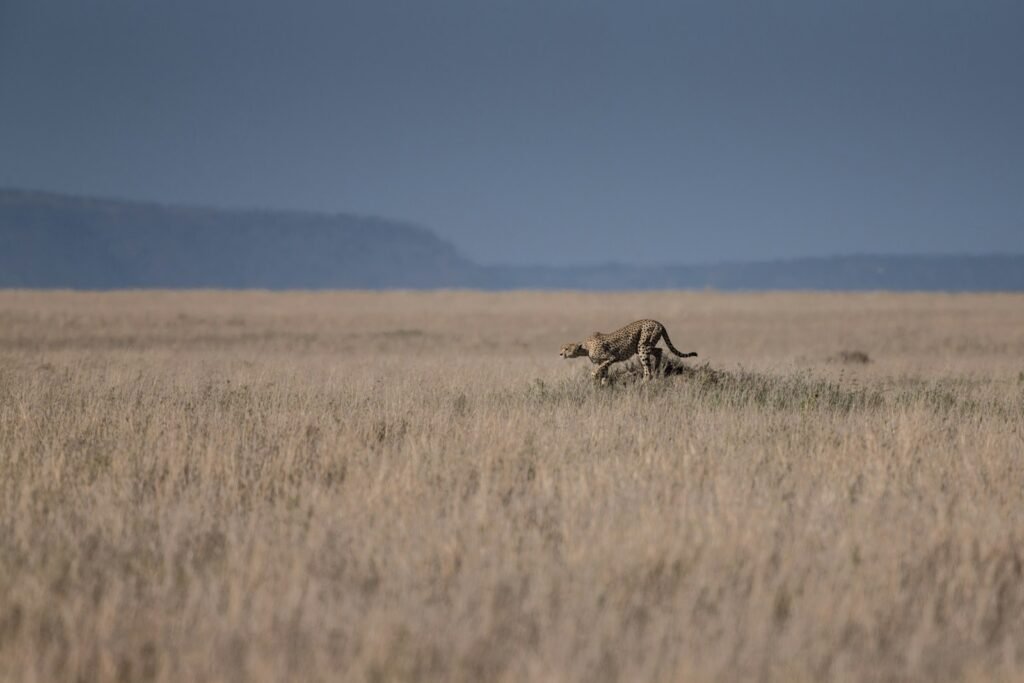
Genetic diversity is vital for the resilience and adaptability of any species. Isolated populations often suffer from inbreeding, which can lead to reduced genetic health and fewer viable offspring. Big cat corridors help maintain genetic flow between populations by enabling individuals to move and reproduce with those from different regions, enhancing the overall genetic pool.
Enhancing Prey Availability
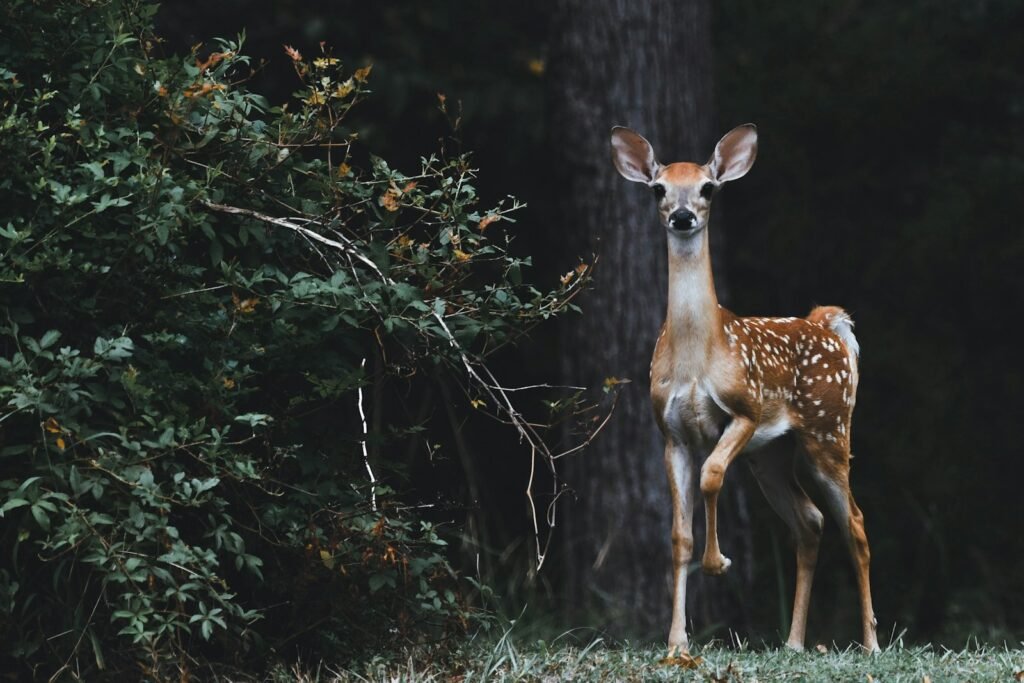
Big cats require vast territories to hunt and sustain themselves. Corridors increase the available hunting grounds, ensuring a steady supply of prey. This reduces the need for big cats to venture into human areas, minimizing conflict and promoting coexistence between humans and wildlife.
Minimizing Human-Wildlife Conflict

As humans expand into natural habitats, the risk of encounters with big cats rises. Such interactions can lead to livestock losses and even danger to human life. Corridors provide a buffer by steering big cats away from populated areas, thereby reducing potential conflicts and fostering a more harmonious relationship between humans and wildlife.
Supporting Ecosystem Health
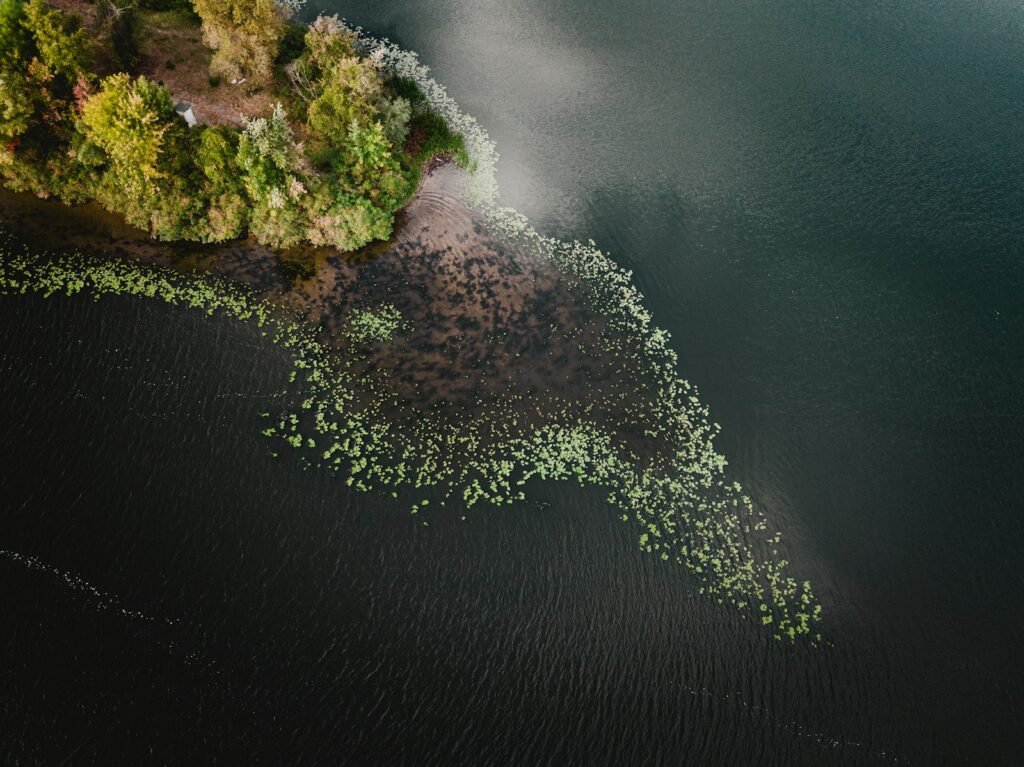
Big cats are apex predators, playing a crucial role in maintaining the balance of their ecosystems. They regulate prey populations, which in turn affects vegetation and the entire food chain’s dynamics. By preserving big cat populations through corridors, we support the health and stability of diverse ecosystems.
Challenges in Establishing Corridors
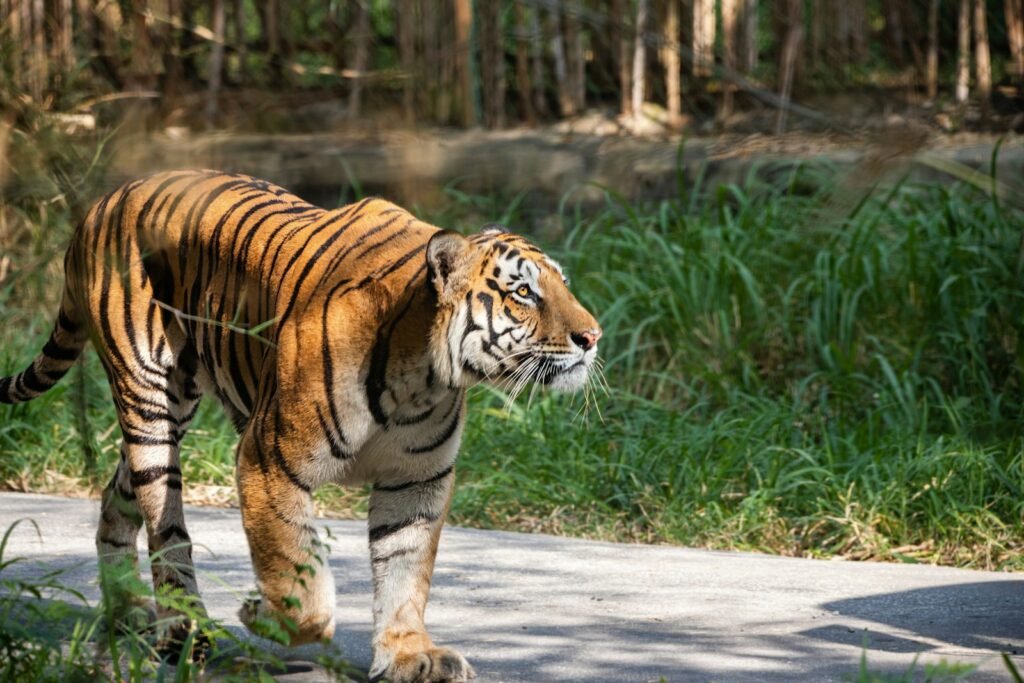
Creating effective corridors faces several challenges, including securing land, gaining community support, and ensuring the legal framework to enforce conservation measures. Additionally, ecological considerations, such as existing vegetation, terrain, and climate, must be carefully managed to create effective pathways for big cats.
Community Involvement and Benefits

Local communities play a critical role in the success of big cat corridors. Engaging them in conservation efforts can provide benefits like ecotourism opportunities, educational initiatives, and sustainable practices that improve livelihoods. When communities see the tangible benefits of conservation, they are more likely to support and protect these corridors.
Global Efforts and Success Stories

Several countries and conservation organizations have successfully implemented big cat corridors, such as the Terai Arc in India and Nepal, which connects various protected areas for tigers. These projects serve as models for future conservation efforts, illustrating the potential of corridors to positively impact big cat populations globally.
Future Directions in Big Cat Conservation
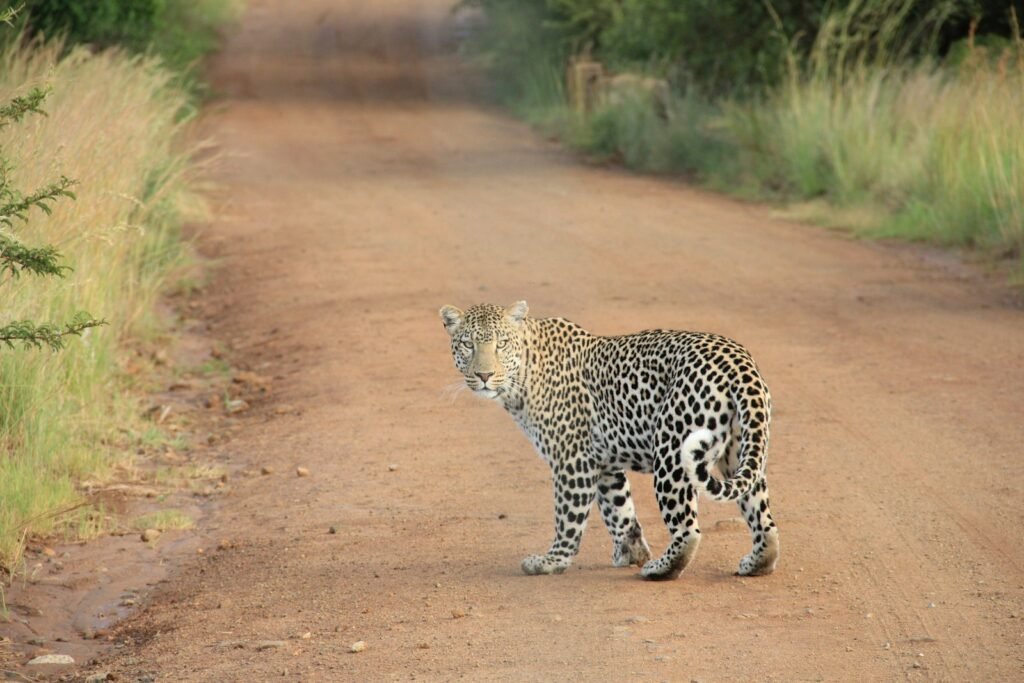
The future of big cats relies heavily on continued research, innovative strategies, and international collaboration. Emerging technologies, such as satellite tracking and genetic analysis, provide valuable data that can refine corridor designs. Additionally, addressing climate change and its impact on habitat suitability will be crucial in planning the corridors of tomorrow.
Conclusion: A Path to Coexistence
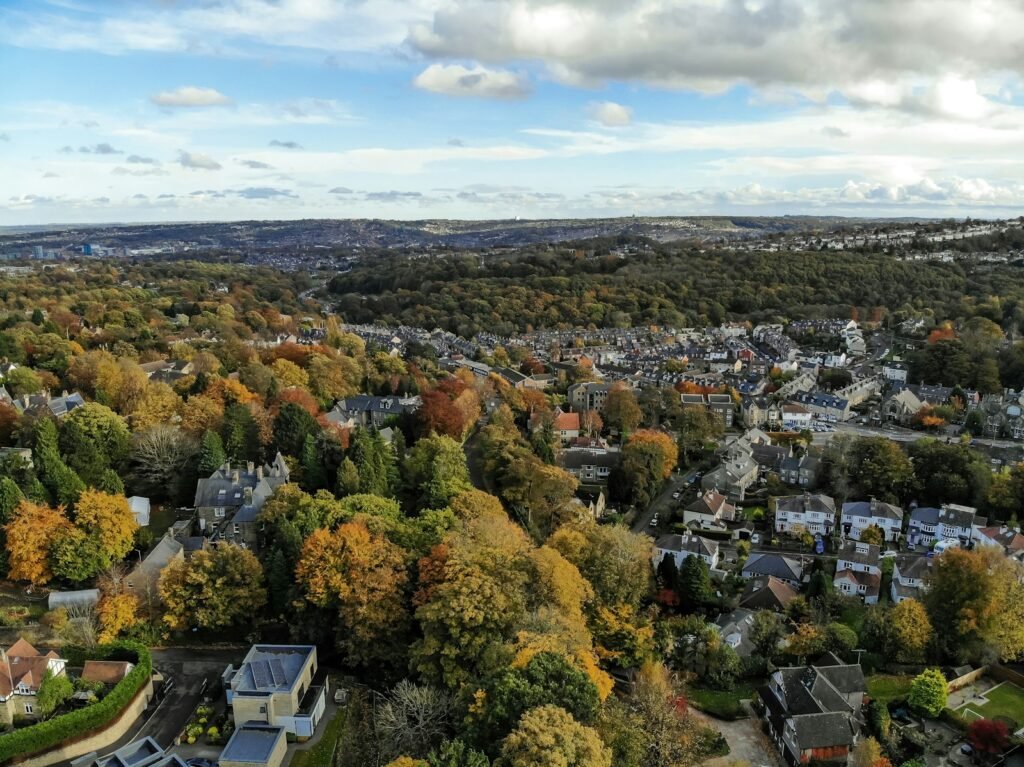
Big cat corridors represent a promising avenue for conservation, offering a sustainable solution to habitat fragmentation and the challenges faced by these magnificent predators. By prioritizing the creation and maintenance of these pathways, we can help ensure the survival of big cats and the ecosystems they inhabit, fostering a future where humans and wildlife thrive together.

Growing up traveling and experiencing new cultures and wonders, I have had a passion for nature, adventuring, photography, and videography. I am currently working towards a BSc in Biodiversity and Ecology at Stellenbosch University, and I hope to specialise in Marine Sciences one day.
Please send any feedback to Feedback@animalsaroundtheglobe.com





